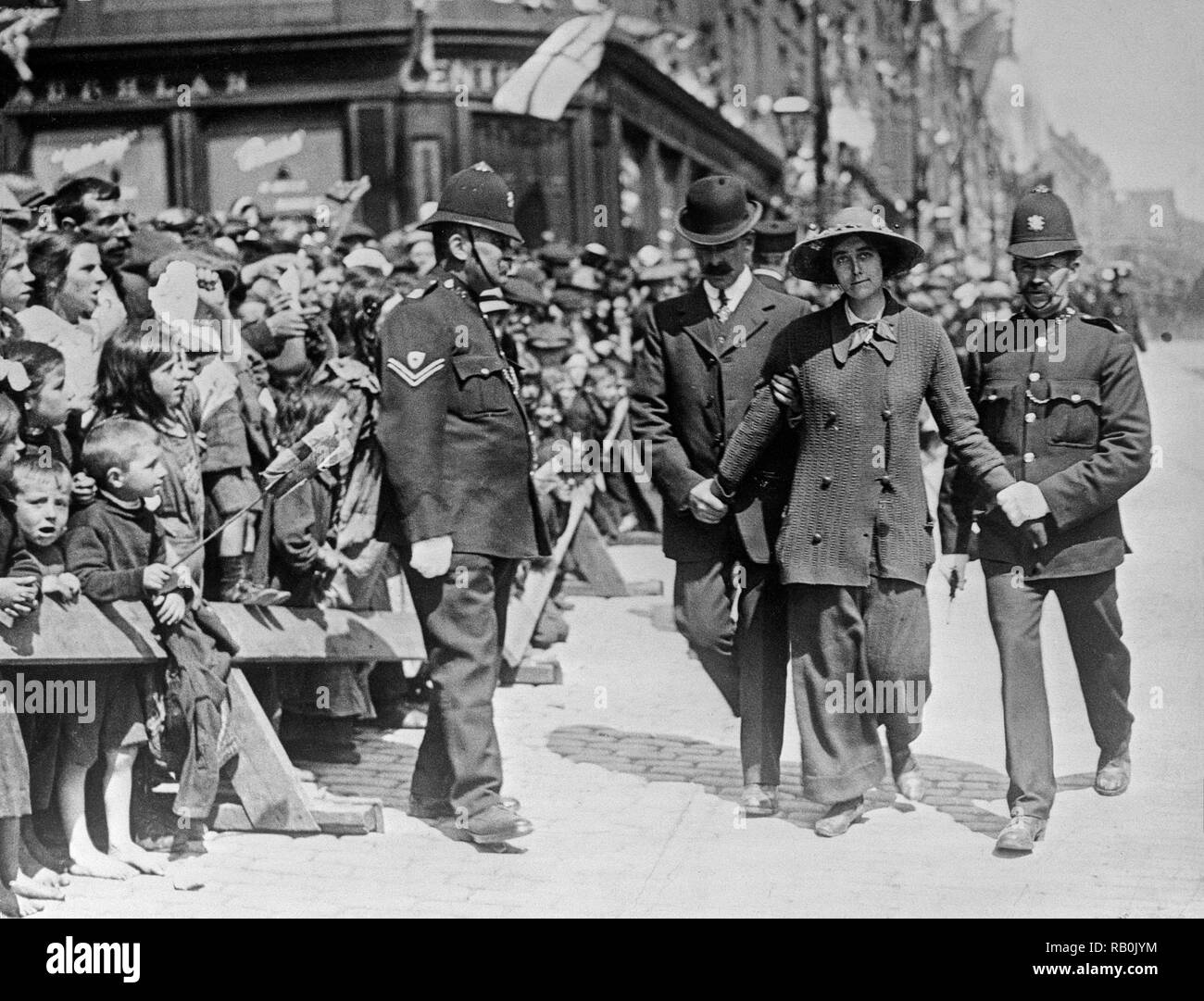As we prepare to launch our first-ever International Women’s Day Event at Geilsland Estate, we thought it would be interesting to take a look back at the history of women’s suffrage and the fight for equality in Ayrshire.
Women’s suffrage efforts in the UK were big news in the 1900s; between the ongoing efforts of the National Union of Women Suffrage Societies led by Millicent Fawcett, to the grassroots movements cropping up across the country. However, in rural Scottish areas; such as North Ayrshire; the movement was slow and progress didn’t feel like it was being made. The first local branch of the NUWSS was founded in Ayr; an all-male suffrage organisation created in the 1870’s; but as quickly as it emerged it was disbanded. The true turn for women’s suffrage in Ayrshire was in the early 1900s thanks to the emergence of the Glasgow and West of Scotland Association for Women’s Suffrage.
Between 1904 and 1905 various branches of the suffrage movement had sprouted across Ayr, Ardrossan, Kilmarnock, and Saltcoats; with Ayr and Kilmarnock being the largest centre for activity and progress; with annual meetings of the groups taking place and being publicised by the Ardrossan and Saltcoats Herald and other local news organisations. Famous women’s rights activists began to visit the West of Scotland to give speeches and provide much-needed support and momentum to the local causes. One of the most recognisable faces was Emmeline Pankhurst who visited Ayr and Largs in 1911 to speak on women’s rights to vote. A famous suffrage who was Ayrshire born and raised in was Flora Drummond; a native of Arran as a child; and a woman who rose the ranks of the suffrage movement across the years.

By this stage the suffrage movement in Ayrshire was growing; with more and more women and men joining the movement to allow women the right to vote. However, with more publicity; came more criticism. The Anti-Suffrage League, who made their headquarters directly across the street from the Saltcoats Scottish Federation of Women’s Suffrage Society, began counter-protesting; claiming that “women do not want the Vote”. As with the rest of the UK; the more resistance the suffrage movement faced; the more militant its responses became across the country, and even locally.
In 1913 wires were cut from Glasgow to Kilmarnock which caused a major disruption to communications in the towns, and not long after that the Western Meeting Club in Ayr was set alight and destroyed; the blame for the arson believed to have been suffragettes, specifically Glasgow-born Catherine Taylor, as flyers for the movement were found in the buildings remains. In Stewarton, 1914, the Mansion of Robertland was broken into and set alight by two suffragists resulting in half of the home being destroyed and the phrase “We reply to the brutal arrest of Mrs Parkhurst” was found on the house walls. The famous Burns Cottage in Alloway was also attacked in an attempt to blow it up, but the plan failed.

Ayrshire was by no means passive in the suffragette movement as you can see. Many men and women gave their time, energy and heart to the cause of women’s liberation and their right to vote. Join us as we celebrate womanhood, femininity, and the progress of women’s rights at our fundraising event on March 12th. All proceeds will go directly to North Ayrshire Women’s Aid.
Source: WATT, H., 2022. Hollie Watt – The Suffrage Movement in Ayrshire and Arran. Women’s History Scotland [online]. (0)8, pp. 1-3. [viewed 01 March 2023]. Available from: http://womenshistoryscotland.org/2022/08/06/hollie-watt-the-suffrage-movement-in-ayrshire-and-arran/


